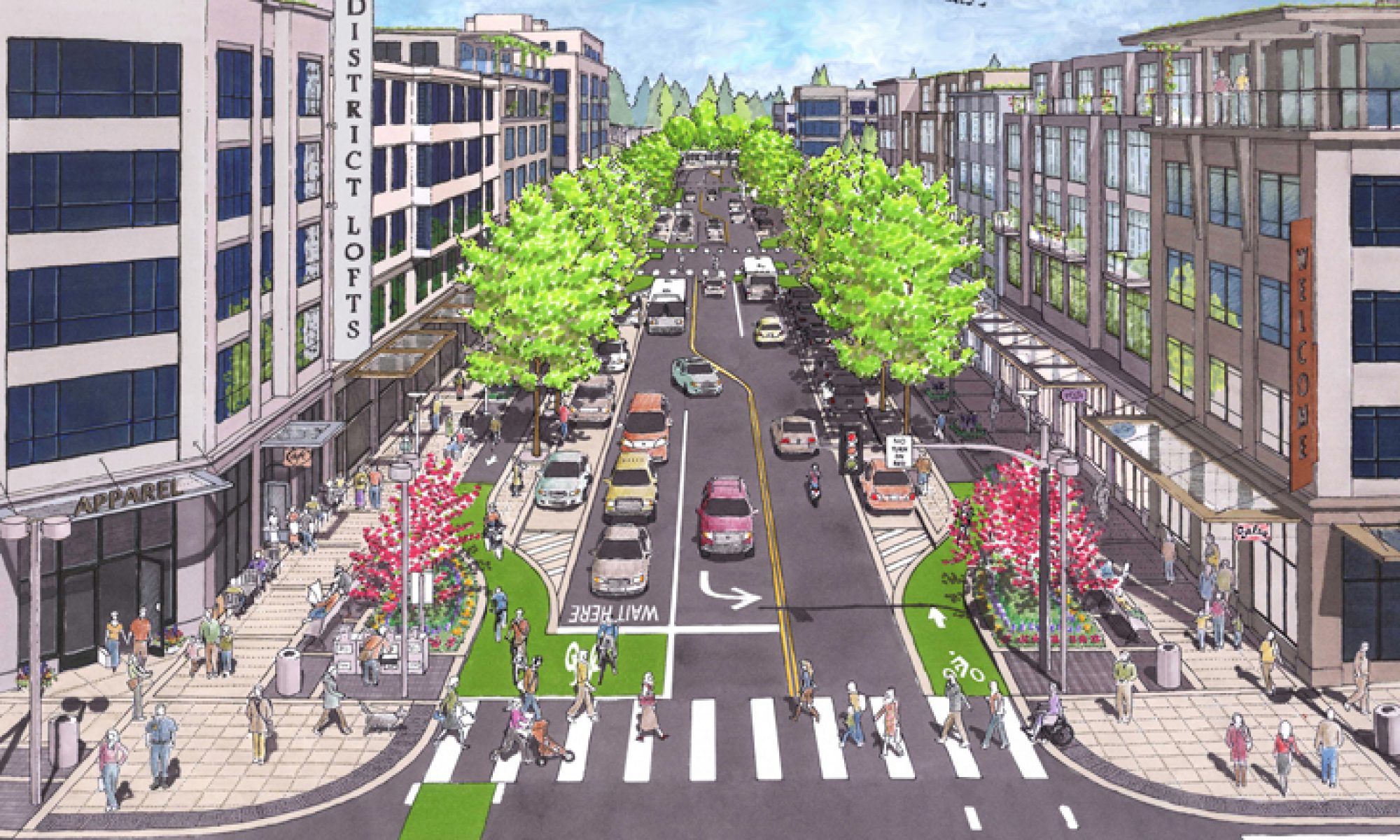“The real power of this course is its dual approach: classroom discussion helps officers become more aware of the motor vehicle code as it applies to bicyclists. Then, getting the officers on bikes gives them a real taste of how the world looks from the saddle…”

Over the past few weeks, the NJBWC educated nearly 150 law enforcement officers in 50 police departments from seven New Jersey counties in the rules of the road for bike riders. The course, “Title 39: A Bike’s-Eye View,” was created and taught by Les Leathem, NJBWC Education Coordinator. It consists of classroom learning, skills building maneuvers on bikes, and a group ride on local roads. The officers were asked to be in plain clothes and to leave their duty belts home.
The purpose is to help the officers understand how traffic law relates to bike riders, and to give them first-hand experience of what most of us who ride regularly already know: the road is very different when you are on a bike. The course, funded by the NJ Division of Highway Traffic Safety, was held in locations in Atlantic, Hudson, Monmouth, Ocean, Passaic, and Union Counties in May and June.
While New Jersey law gives bicycle riders the same rights and duties as drivers of motor vehicles, many police officers, not being riders themselves, do not have the perspective of traffic from the bike rider’s view; they are not aware of how traffic looks to a bicyclist. They also don’t fully understand the challenges bicyclists face in dealing with motorists.
http://njbwc.org/teaching-law-enforcement-officers-ride-bike-traffic/?utm_source=June+2017+Newsletter&utm_campaign=June+2017+newsletter&utm_medium=email












